Estimated reading time: 9 minutes
Do you suspect your pet parakeet might be expecting? It’s important to realize that female parakeets, or budgies, do not actually get “pregnant” but they do lay eggs. Understanding the signs of a potentially egg-laying or “gravid” bird can help you provide the best care for your feathered friend.
Buckle up and let’s dive in as we explore how to tell if a parakeet is preparing to lay her eggs!
Key Takeaways
- Female parakeets do not get pregnant but they can lay eggs.
- Signs of a potentially egg – laying parakeet include changes in physical appearance, such as a bigger belly and different feathers, weight gain, larger and less frequent poops, increased preening or feather picking behavior, mating behavior, and vocalization.
- To determine if a parakeet is pregnant, observe behavioral changes like increased aggression and nesting behavior, note physical changes like swelling of the abdomen and changes in feathering, and consider the age and health of the bird.
- A parakeet’s pregnancy usually lasts between 18 and 21 days. Potential complications during pregnancy include swollen abdomen or egg binding. Seek veterinary care if you notice any problems.
How to Tell if Your Budgie is Pregnant
A gravid budgie may experience changes in physical appearance, an increase in body weight, preening and feather picking behavior, vocalization, and mating behavior.
Changes in Physical Appearance
A parakeet’s shape may change when she is ready to lay eggs. Her belly might get bigger around the third week of her pregnancy. You could also see a change in her feathers. She might look different than before.
This can be a sign that your parakeet is going to have babies soon.
Increase in Body Weight
Your parakeet may put on a few extra grams. This small change is a sign that your bird could be pregnant. You might not see it at first, but the body of your budgie can become bigger. The belly starts to swell and gets fat as she prepares to lay eggs.
The weight gain happens because there is an egg growing inside her. An easy way to spot this is to look for the bulge in the abdomen area. Your parakeet looks like she ate too much! But, don’t worry- this means she might be getting ready to add new members to your pet family!
Larger and Less Frequent Poops
When a budgie has an egg inside her, it takes up a lot of space in her belly. Because of this, her droppings stay in a special area called the cloaca for a longer time. So, she doesn’t poop as often as she normally would. However, when she does poop, it comes out bigger and a bit of a different color. This happens because she eats more protein and minerals to help her egg grow.
Preening & Feather Picking
Parakeets often clean their feathers. This is what we call preening. But, a pregnant parakeet may pick at her feathers more than before. This change in her daily act can show that she may be getting ready to lay eggs.
It’s vital to watch this act closely. If the bird picks too much at her skin or feathers, it could mean there is a health problem like bad air or bugs on her skin. So always keep an eye out for changes in how much your female parakeet cleans herself!
Vocalization
Parakeets do not have specific vocalization signs that indicate pregnancy. Unlike other signs like physical changes and mating behavior, vocalization is not a reliable indicator of whether or not your parakeet is pregnant.
Instead, pay attention to other cues such as changes in appearance and weight gain, as well as observing any nesting or egg-laying behaviors. Remember, if you are unsure about the health or condition of your parakeet, it’s always best to consult with a veterinarian who specializes in avian care.
Mating Behavior
Parakeets have interesting mating behavior. When they’re ready to mate, you may notice the male and female parakeet perching close together and engaging in “billing and cooing.” This behavior is their way of expressing affection.
Just before mating, the male will often feed the female as a sign of courtship. While the actual mating process is quick, it’s important to observe the behaviors leading up to it. These signs can help you determine whether or not your parakeets have mated successfully.
Considering Age and Health of the Bird
The peak mating age for a parakeet varies depending on the individual bird and its species, but generally, parakeets reach sexual maturity between 6 months to 1 year of age. This is the age range when they are most fertile and capable of producing healthy offspring.
However, even though a parakeet may be sexually mature at 6 months of age, many experts recommend waiting until the bird is at least one year old before allowing it to mate. This gives the bird time to reach full adult size and ensures it is healthy and well-nourished, which is important for both the mating process and potential egg-laying.
On the other hand, older parakeets may have a decreased chance of getting pregnant due to age-related factors. Additionally, it’s crucial to take into account the overall health of your bird.
If your parakeet has underlying health issues or is not in optimal condition, it may affect their ability to conceive and carry eggs. Taking these factors into consideration can help you better understand if your parakeet is indeed pregnant or not.
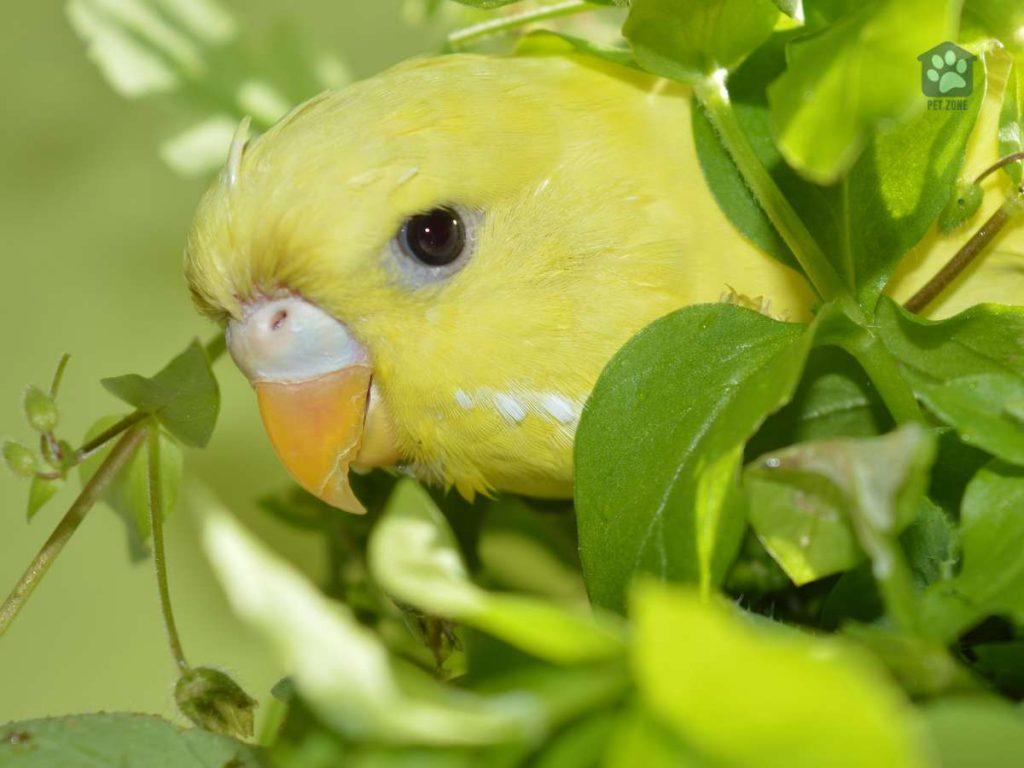
When Will She Lay Eggs After Parakeets Mate?
After a female parakeet mates with a male, the clock starts ticking. Within a time frame of 30 hours, the female typically lays her first egg. This is a result of the fertilization process that occurs during mating. From there, the female enters a laying cycle. During this period, she has the potential to lay up to eight eggs.
This egg-laying process is regulated by hormones and the availability of appropriate nesting conditions. In the wild, parakeets look for secure, secluded spaces to lay their eggs. In captivity, providing a nesting box can facilitate the laying process.
Nutrition also plays a critical role. Female parakeets require a balanced diet rich in calcium and protein to support egg development. If the female lacks the necessary nutrients, it could lead to complications such as egg binding, where the egg gets stuck inside the female’s body.
In summary, after mating, a female parakeet lays her first egg within 30 hours and can lay up to eight eggs during her laying cycle. Proper nutrition and nesting conditions are essential for a successful egg-laying process.
How Long is a Parakeet’s Pregnancy?
In a parakeet’s life cycle, the gestation period is notably brief, typically lasting between 18 and 21 days. This short span is scientifically known as the incubation period, during which the embryo inside the egg undergoes significant development. Within this period, the embryo forms vital organs, develops feathers, and grows a beak.
The nesting conditions during this period are critical. Temperature and humidity levels in the nesting area must be maintained within a specific range for successful incubation. The ideal temperature is usually around 99.5 degrees Fahrenheit (37.5 degrees Celsius), with a humidity level of approximately 40-50%.
Nutrition is another pivotal factor. A calcium-rich diet for the female parakeet is essential during this period. Calcium strengthens the eggshell, providing the necessary durability for the embryo while allowing for it to be breakable when the chick is ready to hatch.
Potential Complications or Issues During Pregnancy
During pregnancy, parakeets may experience potential complications or issues that can arise. One common problem is a swollen abdomen, which could indicate an unfertilized egg or even a serious condition called egg binding.
This occurs when the female bird has difficulty laying her eggs and can be life-threatening if not treated promptly.
Labored breathing and limping are also signs of complications in a pregnant parakeet. If you notice any of these symptoms, it’s important to seek veterinary care immediately to ensure the health and well-being of your bird.
It’s worth noting that there is limited information available on potential complications during pregnancy specifically related to parakeets. However, by being observant of any changes in behavior or physical appearance in your pregnant parakeet, you can catch any potential problems early and provide the necessary care they need.
Conclusion
In conclusion, determining if a parakeet is pregnant can be challenging. However, by observing physical changes such as weight gain and swelling of the abdomen and paying attention to mating behavior, you can have an indication that your parakeet may be expecting.
Remember to provide the necessary nesting materials and care for their well-being during this time. If in doubt, consult with an avian veterinarian for expert guidance.
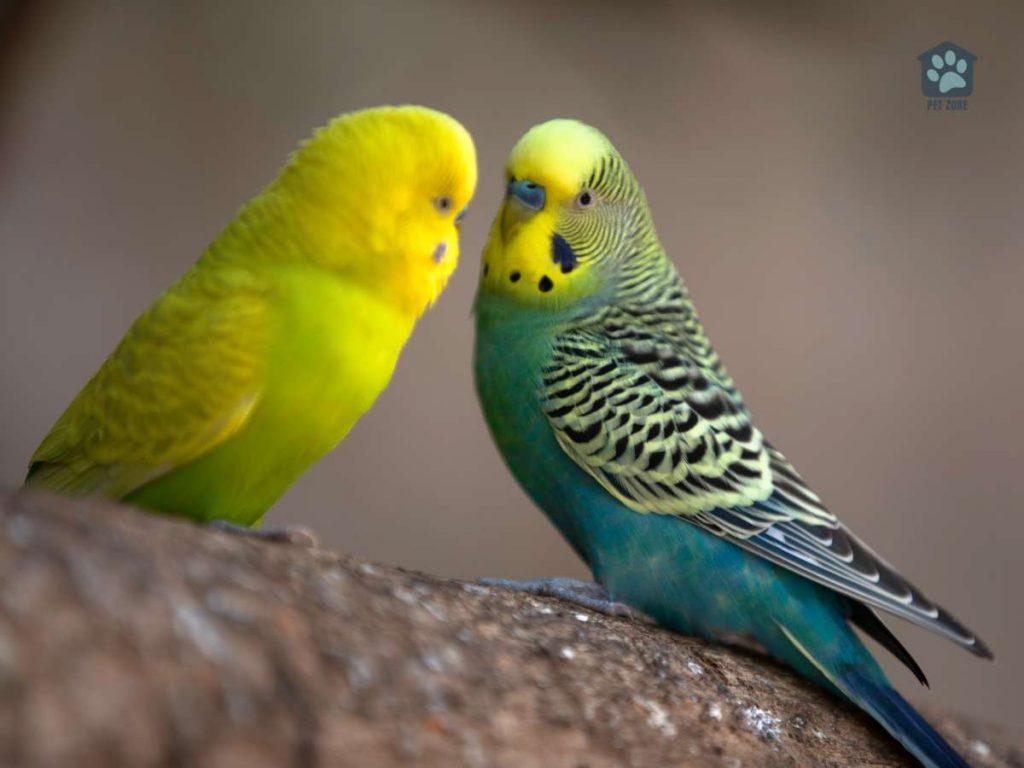
FAQs
1. What are signs of a pregnant budgie?
Signs of pregnancy in budgies can include changes in behavior, with the parakeet becoming more aggressive during pregnancy. Also, they could spend most of her time in the nesting area and show signs like feathering.
2. How do I know if my pet bird is about to lay an egg?
You may notice the female bird spending lots of time on nesting material, which could suggest your female budgie is about to lay an egg.
3. Can you miss the mating sign between parakeets that mate for life?
Yes, it’s often difficult to tell when parakeets mate as some show subtle signs of mating behavior. But observing the female carefully might give hints!
4. Does a male or species matter on whether my Parakeet will get pregnant?
The species matters less; what’s important is that eggs need to be fertilized by a male bird for a fertile egg that hatches into baby parakeets after 30 hours from mating.
5. Is there any change when my Budgie starts its pregnancy term?
One common indicator during pregnancy in Parakeets includes showing their cere turning brown before it lays eggs while others may also become aggressive.
6.What does illness look like versus signs of being pregnant in my Budgie?
It can be hard but if around months age your budgie starts seeming sick but has bred recently it’s perhaps pregnant rather than ill.
As an Amazon Associate I earn from qualifying purchases.
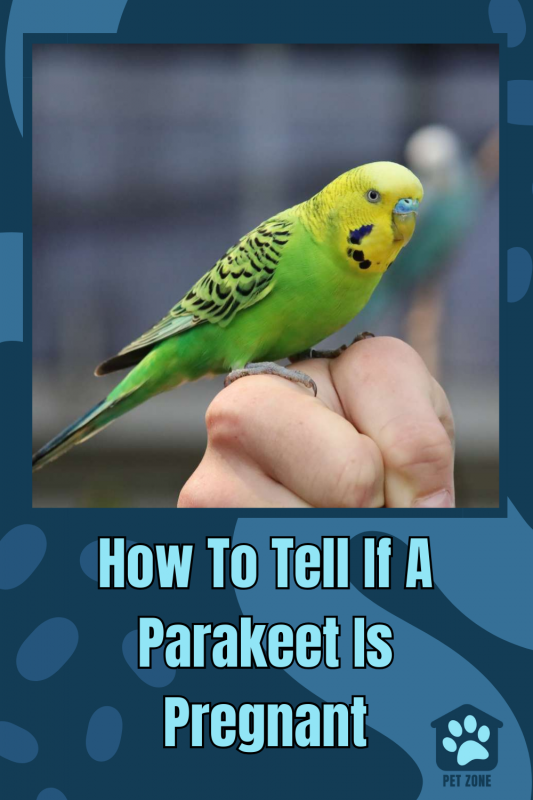


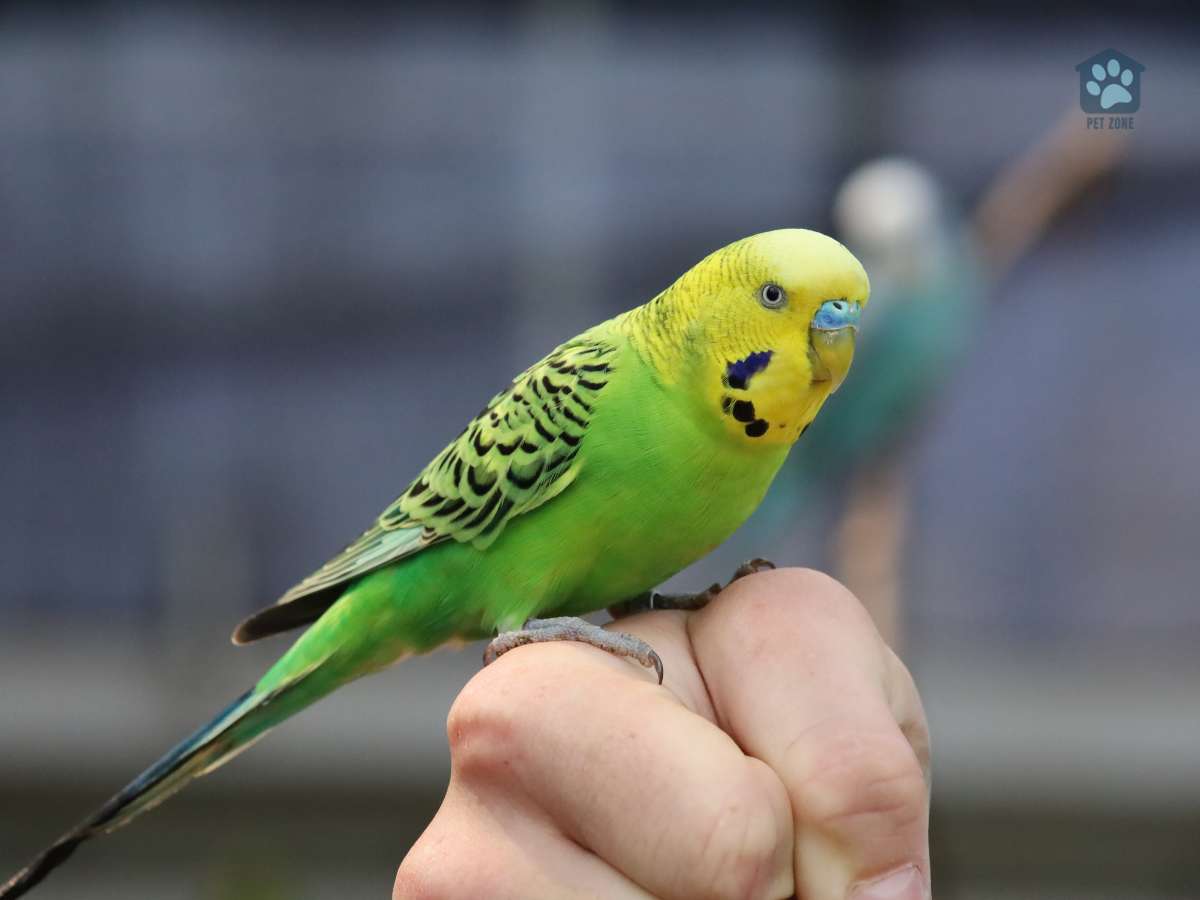
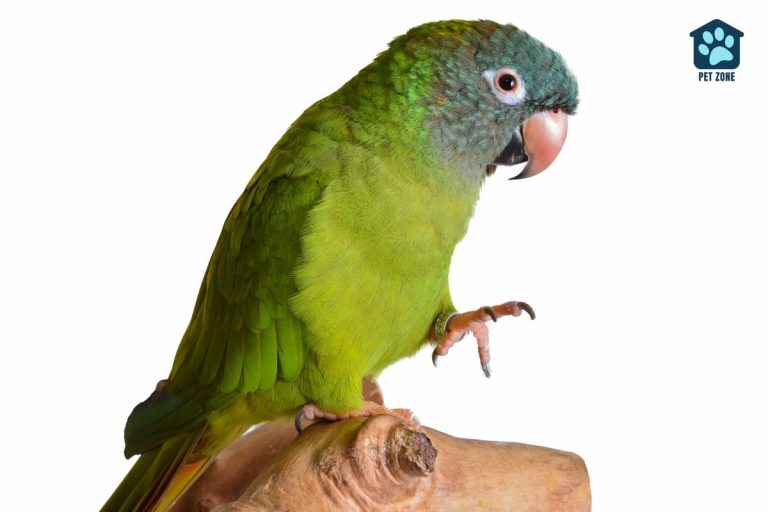
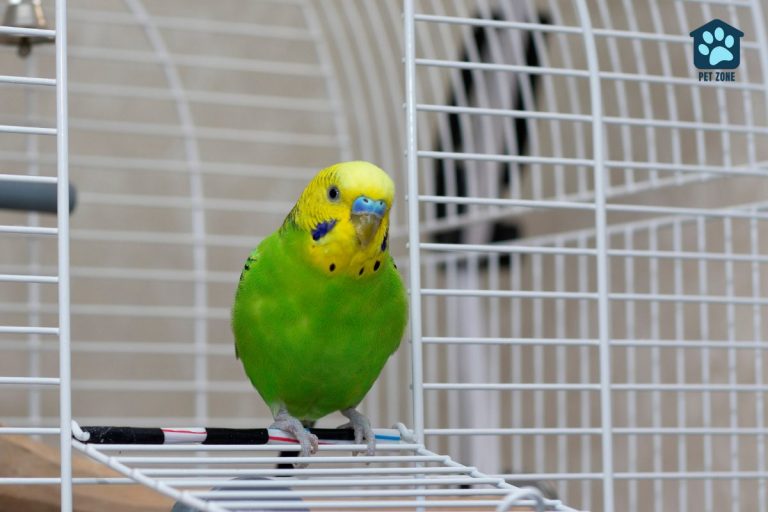
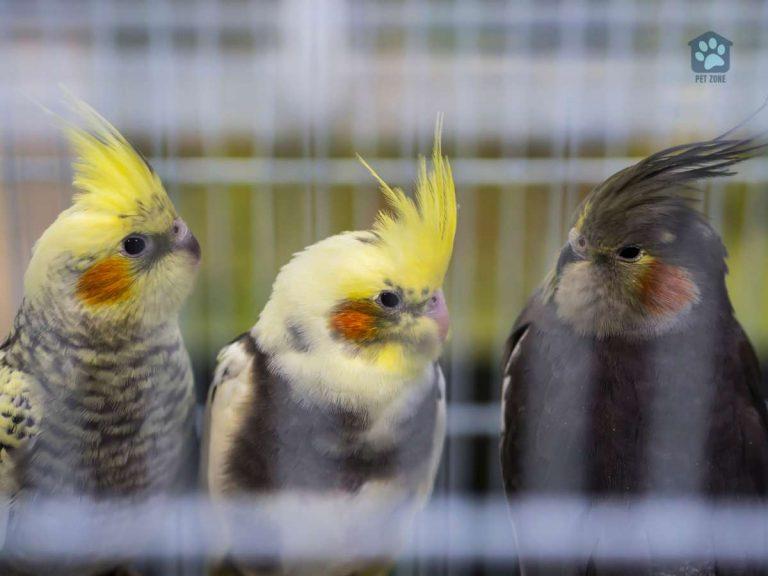

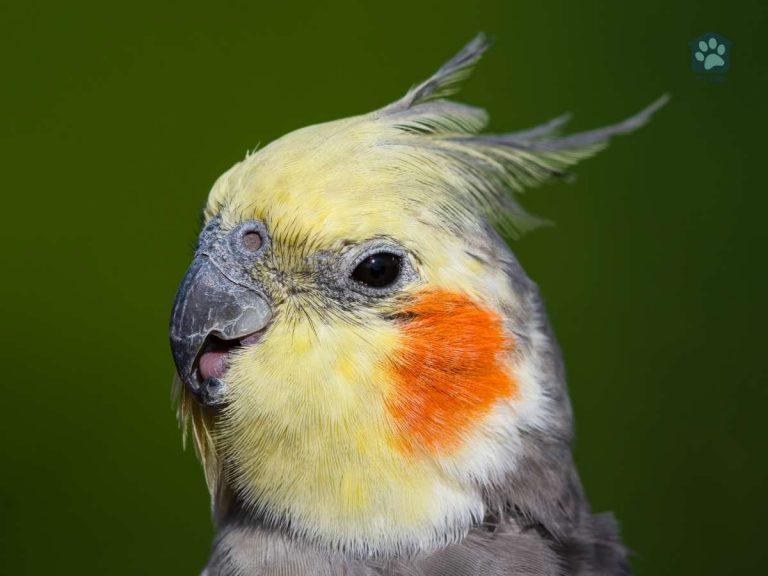
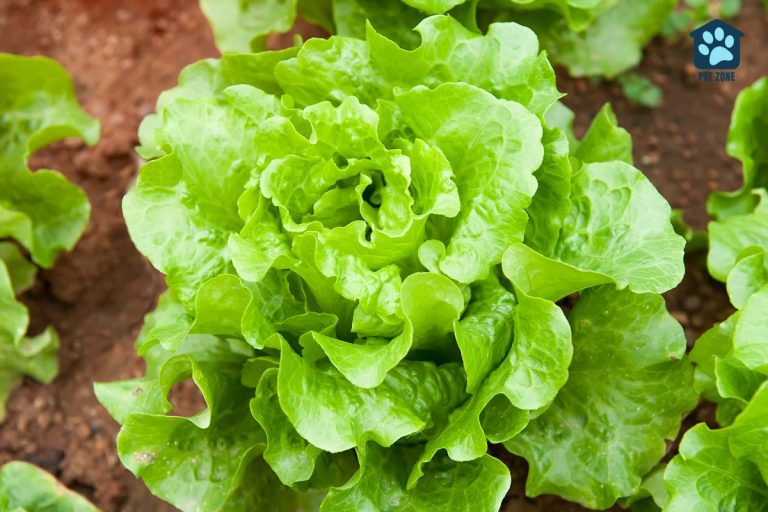
Great questions! For seeds, you might try millet seeds, sunflower seeds, safflower seeds, and canary seeds. For fruit, I would suggest apples, bananas, coconut, blackberries, watermelon, and pineapple.
What type of seeds should i be feeding my
Parakeets and what fruit are appropriate?
What type of seeds are good for my parakeet.